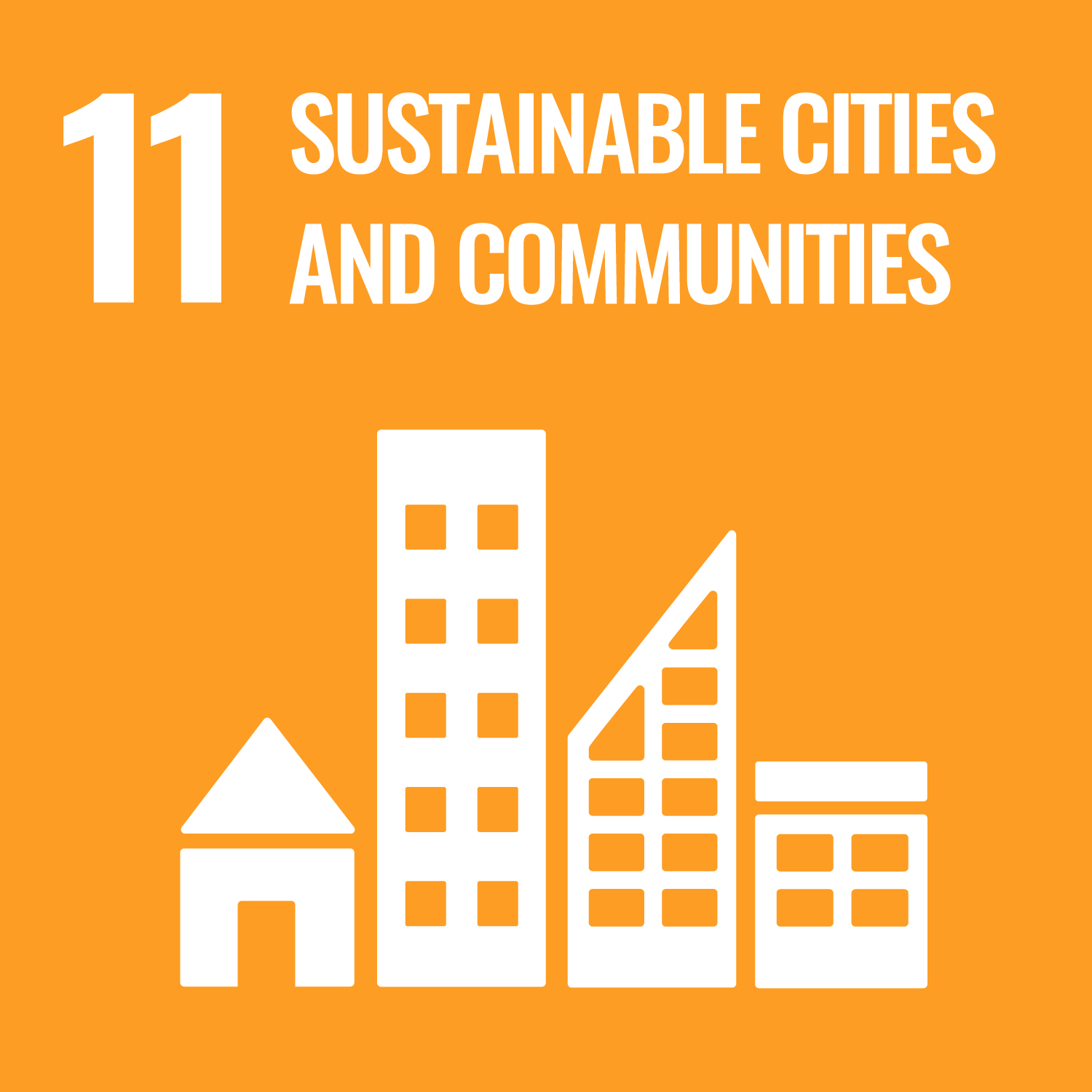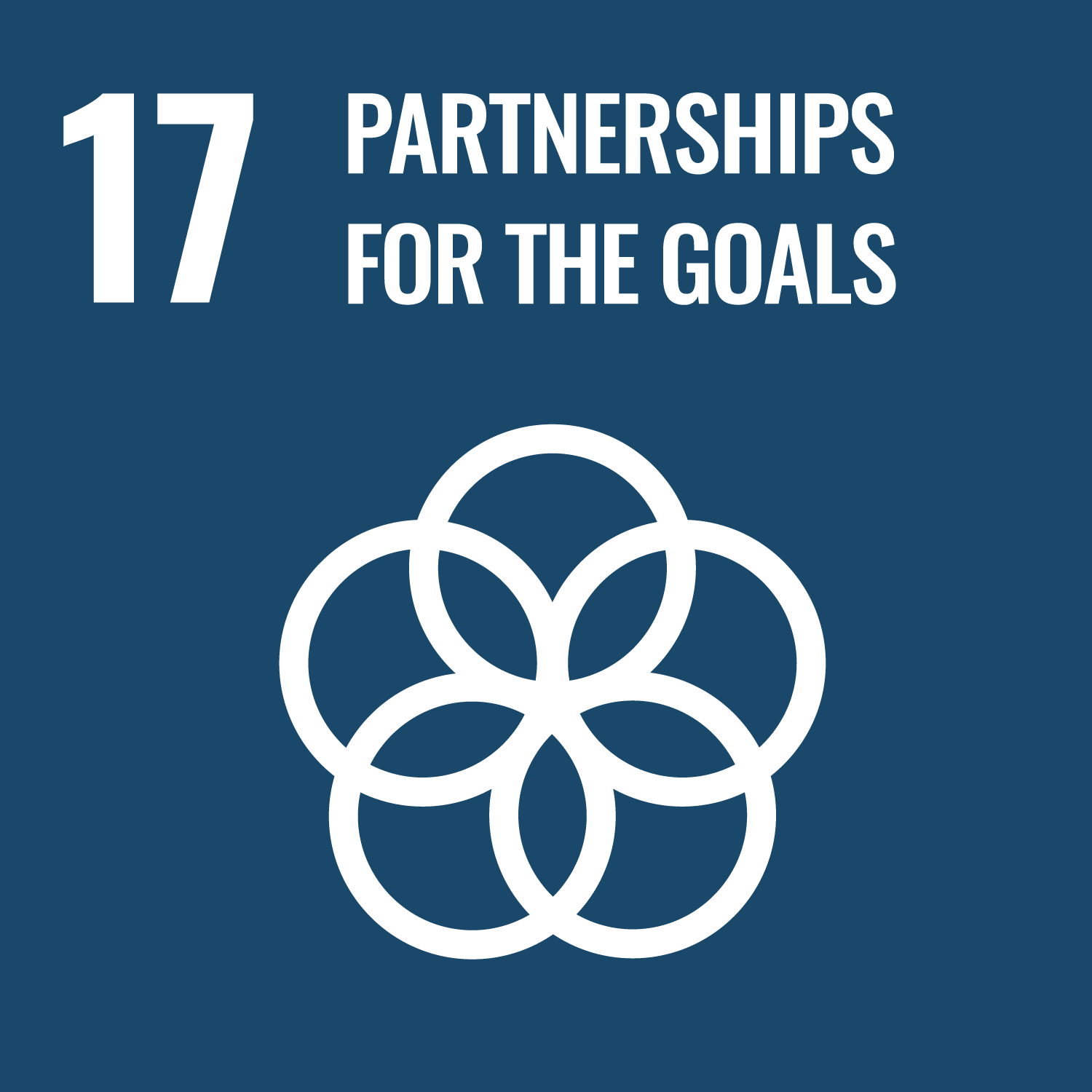The Living Environment is to make a system which improves the places for human life and social activities within a variety
of nature and social environment. Architectural design to realize it needs the knowledge and understanding for information
such as natural phenomena, social activities, history, and culture.This class is Active Learning to acquire not only the knowledge
but the skills of applying it to one's own thoughts.
The Students deepens the knowledge, through reading the textbook thoroughly and debating about each theme. Each class is composed of the debate (discussion) form to divide into each group of "question", "answer", and "chairman, clerks", and the lecture by the teacher.
It corresponds to the subject of the examination for architects; First “Architectural Planning.”
The Students deepens the knowledge, through reading the textbook thoroughly and debating about each theme. Each class is composed of the debate (discussion) form to divide into each group of "question", "answer", and "chairman, clerks", and the lecture by the teacher.
It corresponds to the subject of the examination for architects; First “Architectural Planning.”
In this class, the students practically think and argue about conceptual themes of “Living Environment”, “Movements”, “Architectural
Thought”, “Architectural Forms and Spaces,” and “Architecture and City.”
The purpose of this course is to acquire the basic knowledge for Architectural design and Town planning, and to improve the debate (discussion) abilities.
The purpose of this course is to acquire the basic knowledge for Architectural design and Town planning, and to improve the debate (discussion) abilities.
- Understand the advanced knowledge of Architectural design
- Apply the advanced knowledge of Architectural design to one's own thoughts
- Improve effective communication ability in the debate
- Find out a concrete architectural solution from abstract thinking through the brain-writing.
| Class schedule | HW assignments (Including preparation and review of the class.) | Amount of Time Required | |
|---|---|---|---|
| 1. | Guidance: “Living Environment” | Read the textbook thoroughly, make yourself clear about the theme | 190minutes |
| 2. | Movements 1: Architecture in the Modern Age Debate and explanation |
Read the textbook thoroughly, make yourself clear about the theme | 190minutes |
| 3. | Movements 2: Architecture in the Contemporary Age Debate and explanation |
Read the textbook thoroughly, make yourself clear about the theme | 190minutes |
| 4. | Movements 3: Architecture in the postwar period of Japan Debate and explanation |
Read the textbook thoroughly, make yourself clear about the theme | 190minutes |
| 5. | Architectural Thought 1: Possibilities of Architectural Drawing Debate and explanation |
Read the textbook thoroughly, make yourself clear about the theme | 190minutes |
| 6. | Architectural Thought 2: Beginnings of Architecture Debate and explanation |
Read the textbook thoroughly, make yourself clear about the theme | 190minutes |
| 7. | Architectural Forms and Spaces 1: Elements of Architecture Debate and explanation |
Read the textbook thoroughly, make yourself clear about the theme | 190minutes |
| 8. | Architectural Forms and Spaces 2: Forms of Architecture Debate and explanation |
Read the textbook thoroughly, make yourself clear about the theme | 190minutes |
| 9. | Architectural Forms and Spaces 3: Parts and Entirely Debate and explanation |
Read the textbook thoroughly, make yourself clear about the theme | 190minutes |
| 10. | Architectural Forms and Spaces 4: Light and Darkness Debate and explanation |
Read the textbook thoroughly, make yourself clear about the theme | 190minutes |
| 11. | Architectural Forms and Spaces 5: Image of Space Debate and explanation |
Read the textbook thoroughly, make yourself clear about the theme | 190minutes |
| 12. | Architectural Forms and Spaces 6: Expressions of Structure Debate and explanation |
Read the textbook thoroughly, make yourself clear about the theme | 190minutes |
| 13. | Architecture and City 1: City in the Modern and Contemporary Age Debate and explanation |
Read the textbook thoroughly, make yourself clear about the theme | 190minutes |
| 14. | Architecture and City Design 2: Sustainability and Architectural Design Brain-writing and proposals |
Read the textbook thoroughly, make yourself clear about the theme, and offer an opinion | 190minutes |
| Total. | - | - | 2660minutes |
| Number of remarks | Contents | Brain writhing | attendance | Total. | |
|---|---|---|---|---|---|
| 1. | 20% | 10% | 3% | 33% | |
| 2. | 20% | 10% | 3% | 33% | |
| 3. | 10% | 10% | 3% | 23% | |
| 4. | 10% | 1% | 11% | ||
| Total. | 50% | 30% | 10% | 10% | - |
Your overall grade will be based on the following ratio:
-The number of times of your remarks: 50%
-The contents of responses: 30%
- Blain-writing: 10%
- Attendance: 10%
To pass, students must earn at least 60 points out of 100 by taking the average score of 13 times debates more than 60 points, and making it less than 4 times absent.
-The number of times of your remarks: 50%
-The contents of responses: 30%
- Blain-writing: 10%
- Attendance: 10%
To pass, students must earn at least 60 points out of 100 by taking the average score of 13 times debates more than 60 points, and making it less than 4 times absent.
| ways of feedback | specific contents about "Other" |
|---|---|
| The Others | 授業内でフィードバックをします。内容によっては授業外(Teams等)でフィードバックします。 |
Read the textbook thoroughly.
This class relates closely to “Living Environment Design Studio (first semester in the third year).”
I recommend to take it together this class at the same semester.
This class relates closely to “Living Environment Design Studio (first semester in the third year).”
I recommend to take it together this class at the same semester.
- Every Monday: 12:45-13:00, or email each teacher.
- If you will need a face-to-face meeting, you should make an appointment with each teacher by e-mail.
- Course that cultivates an ability for utilizing knowledge
- Course that cultivates a basic interpersonal skills
- Course that cultivates a basic self-management skills
- Course that cultivates a basic problem-solving skills
| Work experience | Work experience and relevance to the course content if applicable |
|---|---|
| Applicable | Teach the architectural knowledge and technologies, methods of discussion toward the architecture for solving regional and social issues using the experiences engaged in architectural design of the architectural industry projects. |




- 9.INDUSTRY, INNOVATION AND INFRASTRUCTURE
- 11.SUSTAINABLE CITIES AND COMMUNITIES
- 12.RESPONSIBLE CONSUMPTION & PRODUCTION
- 17.PARTNERSHIPS FOR THE GOALS
Last modified : Sat Sep 09 07:06:39 JST 2023

